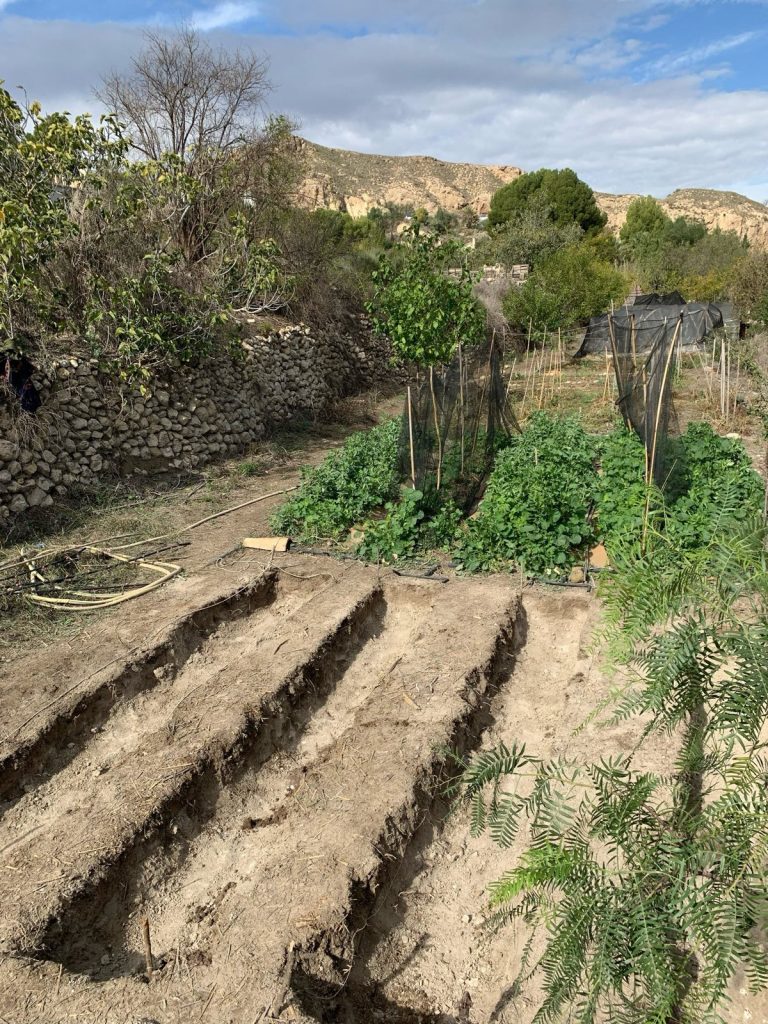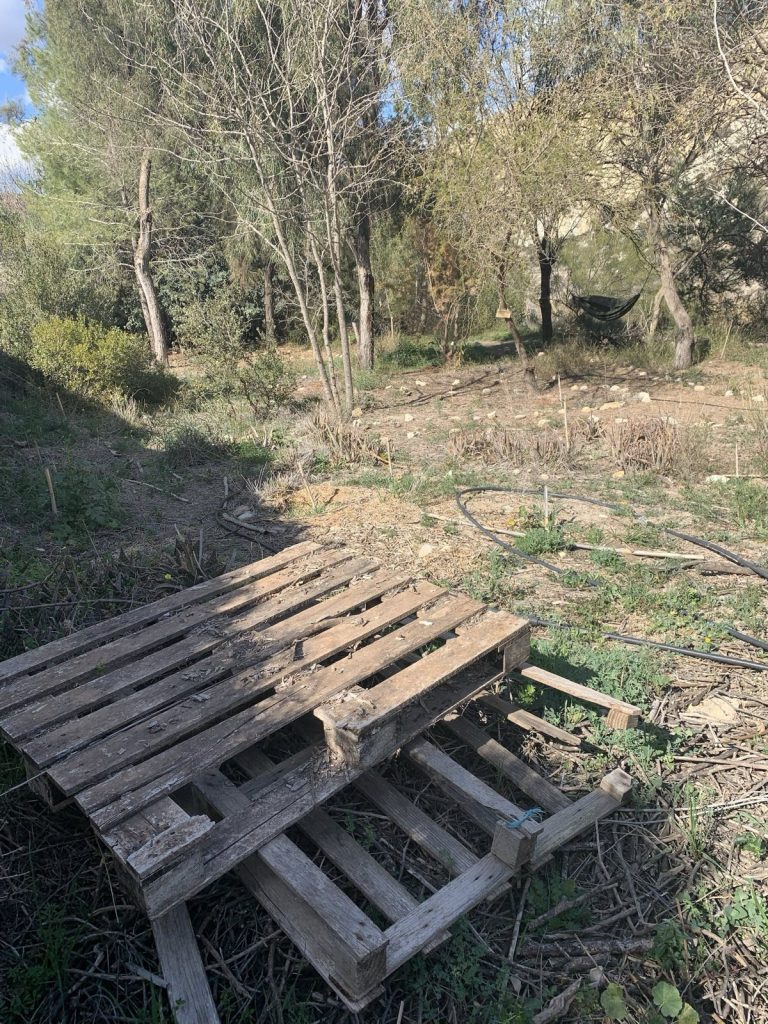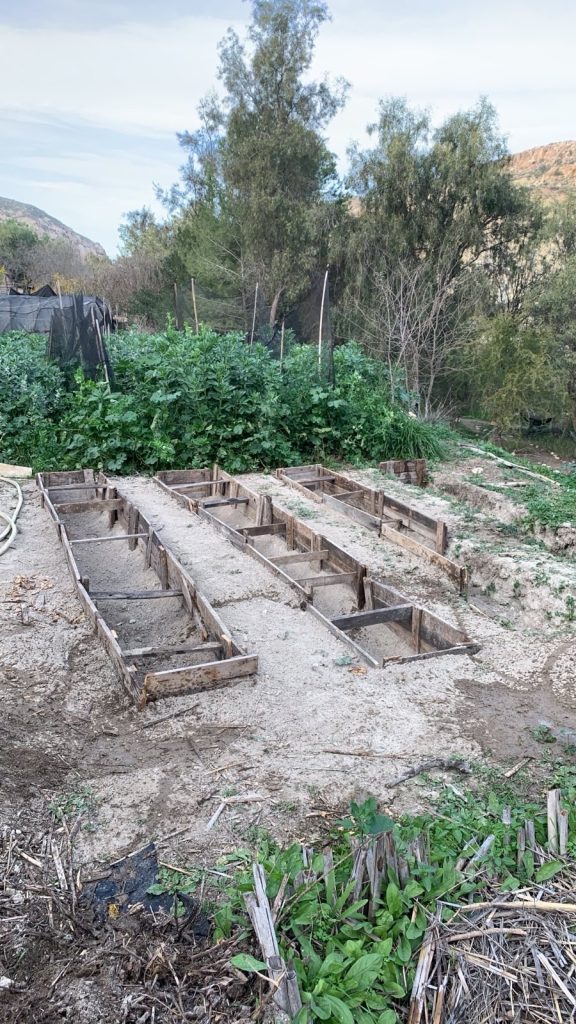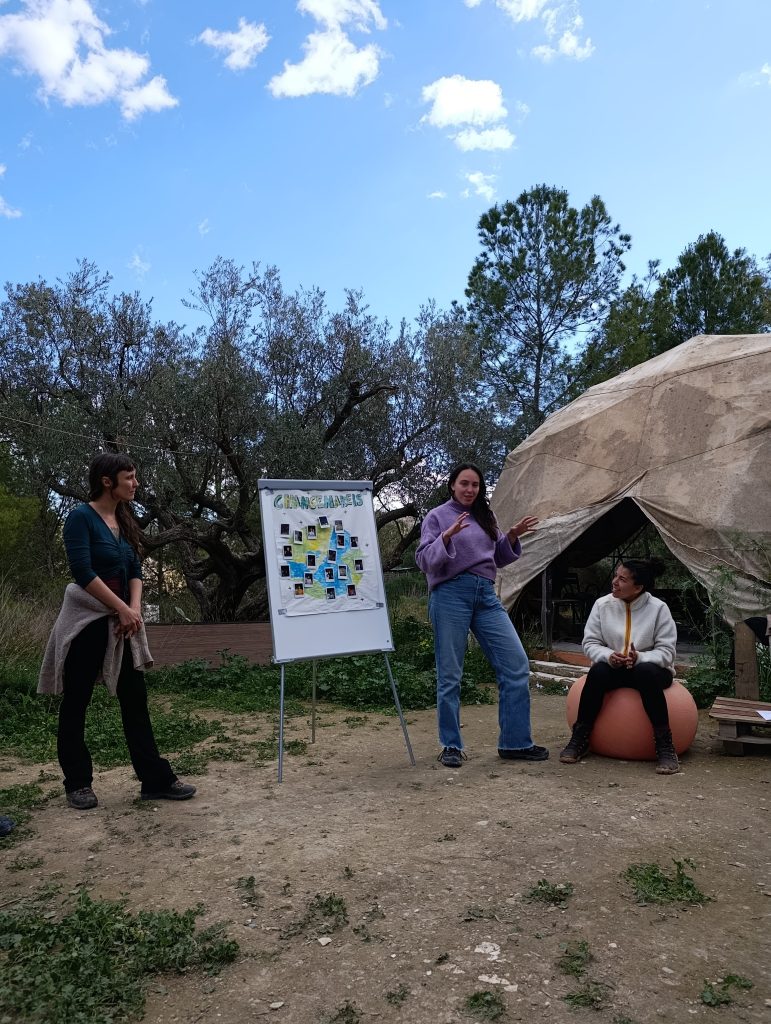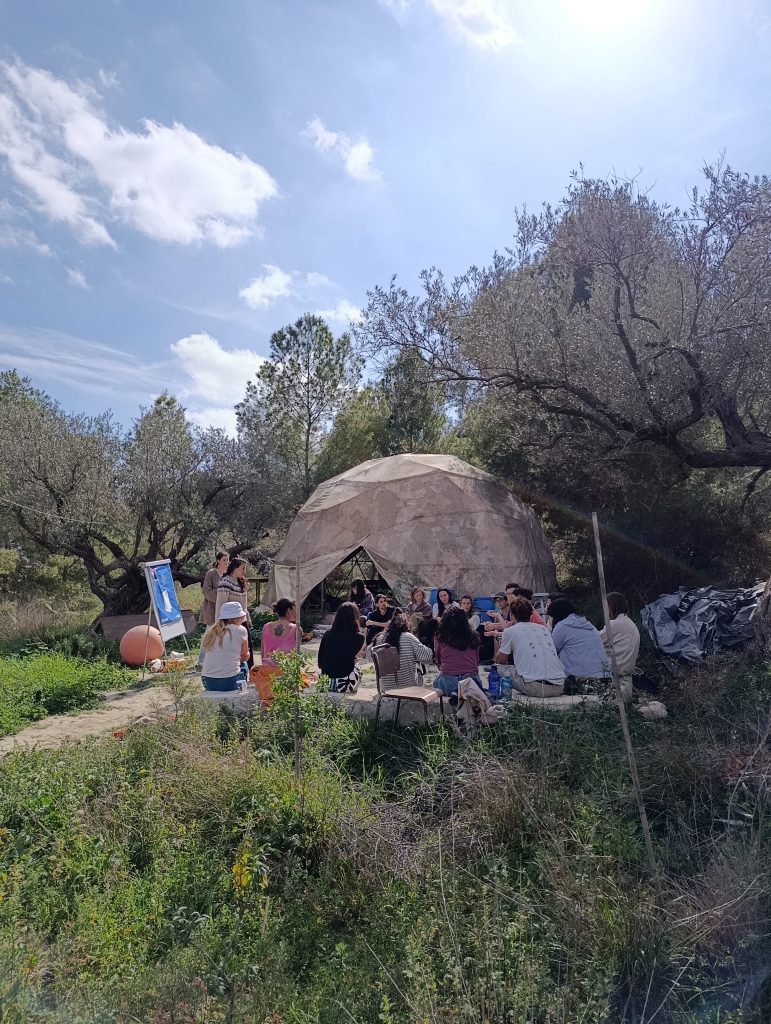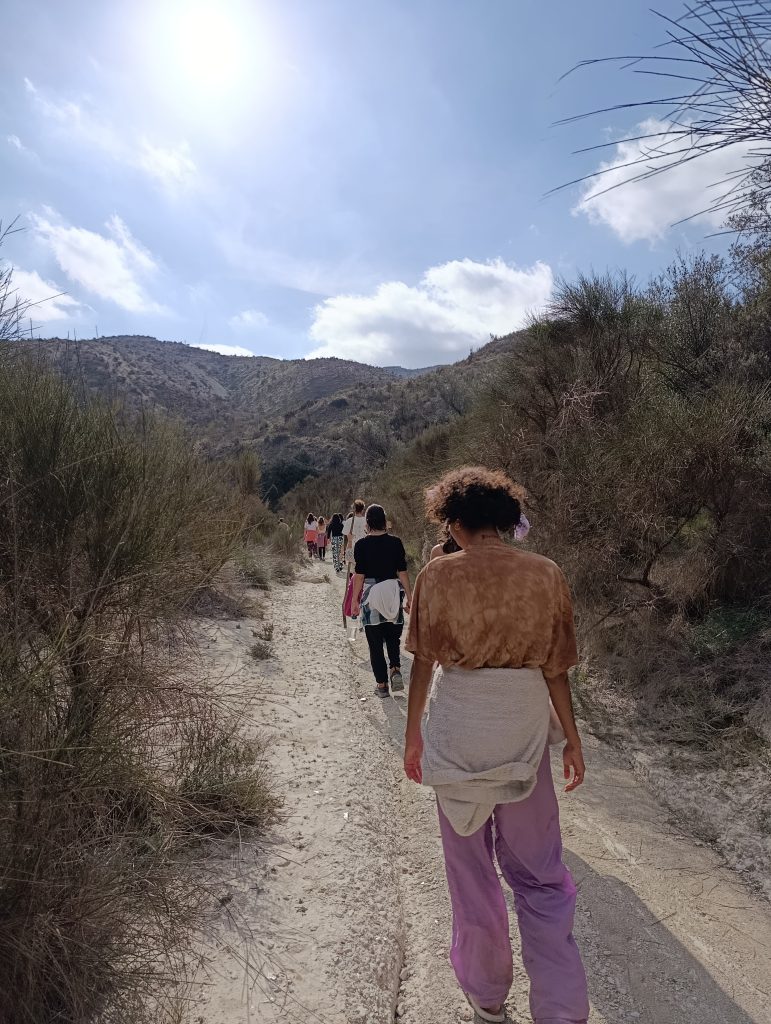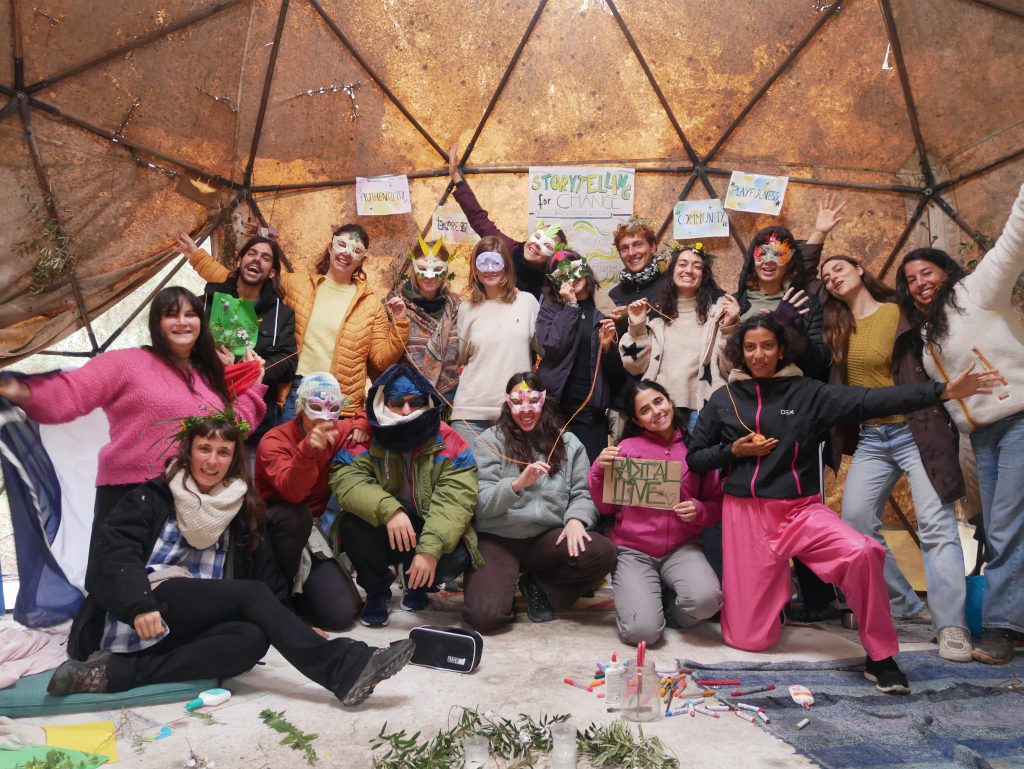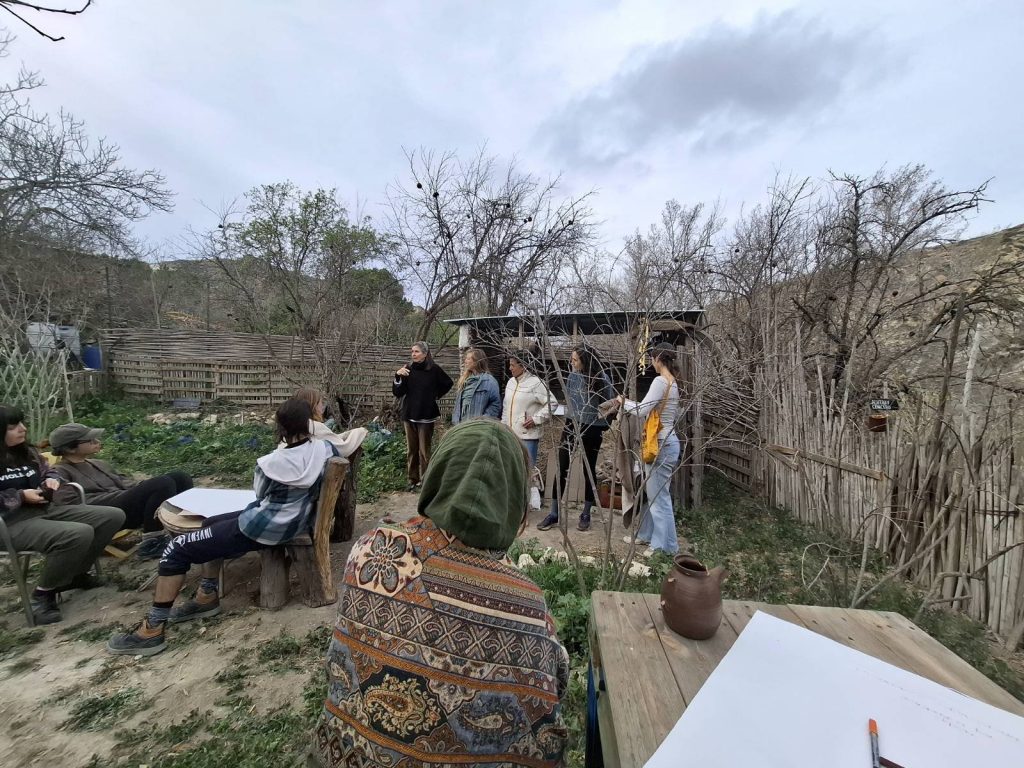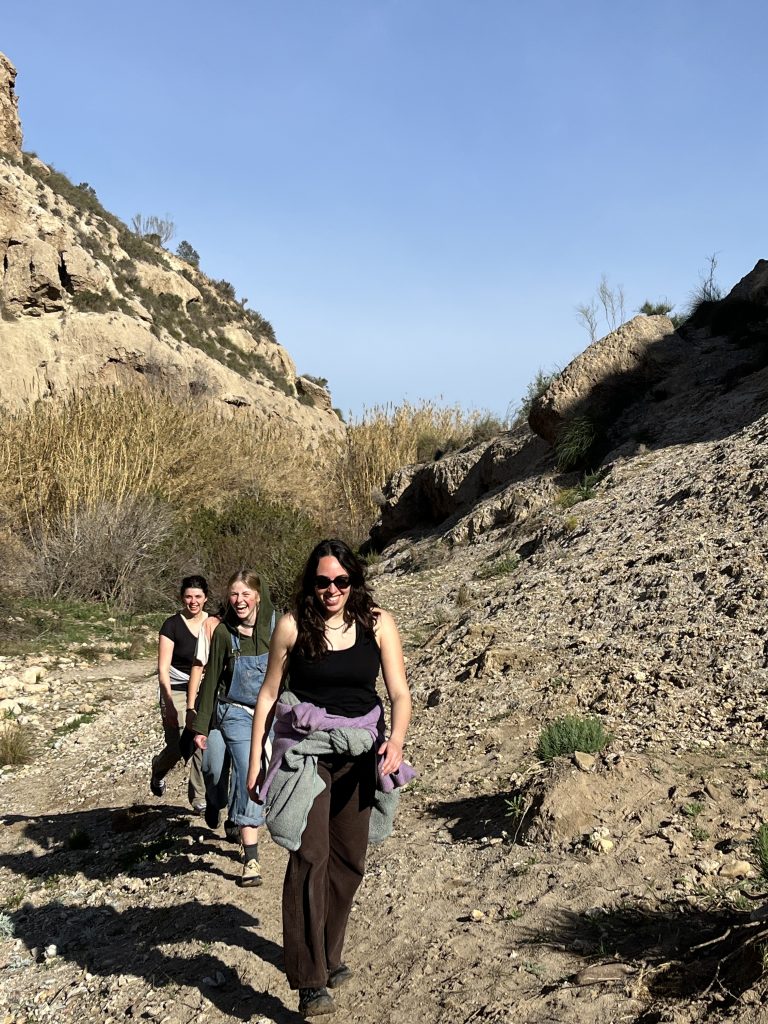Communication and Education
Organizado por MIHI Letonia, dicha organización reunió a 30 trabajadores juveniles y educadores de Letonia, España, Italia, Francia, Polonia, Chipre y la República Checa para explorar cómo la narración digital y la realización cinematográfica pueden promover la conciencia medioambiental y la sostenibilidad. A través de talleres prácticos, trabajo en grupo y colaboración intercultural, los participantes aprendieron a utilizar los medios de comunicación como herramienta de promoción y crearon cortometrajes sobre temas ecológicos. El proyecto fue cofinanciado por la Unión Europea y contó con el apoyo de la Agency for International Programs for Youth (JSPA) – Agencia de Programas Internacionales para la Juventud – de la República de Letonia.
Para empezar a hablar de esta experiencia, debo hablar de la razón que me llevo a aplicar a este training, por mi necesidad de seguirle dando voz al ecosistema donde trabajo y vivo actualmente, al terminar de leer la convocatoria y los requisitos, todo encajaba con mi rol y con la situación ambiental del río que en la que se encuentra cerca del eco proyecto, ya que consistía en unir el medio ambiente con el entorno audiovisual y el puente de estos dos, seria el storytelling para llamar a la acción a las personas por una causa ambiental.
Por lo que, al recibir el correo devuelta por parte del equipo de Make it Happen Letonia(MIHI), y hacer la respectiva entrevista para ser aceptada, fue una agradable respuesta saber que iba para Sigulda, Letonia a hablar sobre el eco proyecto del que hago parte, además aprender y también dar más visibilidad de sunseed, ya que soy la coordinadora de comunicaciones de sunseed y una de mis metas en el departamento es que cada vez se conozca tanto local como internacionalmente sobre el, su historia y las problemáticas ambientales que lo rodean.
Así que al por fin llegar la fecha del curso, hacer la maleta, despedirme de mis compañeros, moverme de España y llegar a Riga y luego desplazarnos a las afueras de la ciudad para llegar al lugar donde estaríamos toda la semana desarrollando la capacitación al mismo tiempo ir conociéndonos y preguntar las típicas preguntas de dónde vienes, cómo supiste de este programa, a qué te dedicas etc…, por otra parte estar en un clima frio, con gente nueva y de diferentes países, con conocimientos y culturas distintas, fue un desafío interesante de entender porque no era solo aprender sobre habilidades audiovisuales y del medio ambiente, también era conectar con los otros para llevar a cabo este hermosa formación.
Cada día traía consigo un nuevo aprendizaje, una reflexión y un vínculo más profundo con el grupo e incluso con el ecosistema que nos rodeaba. Era una dicha para mí despertar y contemplar el bosque, sentir la humedad agradable del ambiente, algo poco común en Sunseed, donde el paisaje semiárido no suele ofrecer tanto verdor en nuestra rutina diaria.
Durante la primera parte del training, nuestra facilitadora, Rossana, nos propuso una actividad tipo World Café para explorar los conocimientos previos que teníamos sobre medio ambiente, sostenibilidad y cambio climático. A partir de allí, nos brindó más información sobre la defensa del entorno natural y las distintas maneras de dar voz a los recursos y a los animales. Hablamos del activismo en sus diferentes formas: desde elaborar carteles o participar en manifestaciones, hasta crear contenido para redes sociales, impulsar campañas o recolectar firmas, siempre adaptándonos a cada contexto y situación.
De igual manera, tuvimos un recorrido con una persona local, unas charlas con dos ejemplos de emprendimiento local y una visita a una maravillosa escuela donde nos explicaron el programa piloto que tienen para que los niños en la primaria estén mas conectados con el suelo mediante sembrar sus propios alimentos y que sepan sobre el esfuerzo que es traer, en este caso, como se aprecia en la foto, las papas y todo el proceso que conllevan para poder comerlas.
Luego, pasamos a la segunda parte donde Samir, otro espectacular facilitador parte del equipo, realizo su workshop donde mediante su propia historia, la habilidad del storytelling, desarrollo la idea de como ha podido trabajar y viajar haciendo videos para exponer las organizaciones con distintas proyecciones sociales, haciendo así un llamado a la acción y confirmar que el cambio esta presente en todas partes del mundo ; a partir de aquí, tuvimos la actividad más importante que era diseñar y crear diferentes cortos con una duración maxima de 3 minutos para proyectar ante los demás diferentes temas relacionados a la temática del curso, cada equipo tenía dos personas que tenían experiencia en edición y creación de contenido audiovisual y dos temas que se decidieron por votación para que fuera justo para cada equipo.
En mi caso, mi equipo desarrollo un video sobre una pareja que esta desconectada del medio ambiente y al encontrarse por recoger basura encuentran esperanza en el mundo -this gives me hope-, el cual fui actriz y fue el video al que más se le hizo trabajo, en el segundo vídeo, decidimos como grupo hacerlo con una trama mas oscura mostrando pequeñas acciones en un mundo que ya esta mas destruido, el titulo era -our 10 year plan to change the world-, este no lo alcanzamos a terminar y uno de los compañeros lo tuvo que terminar solo, así que son lecciones que aprendimos en el desarrollo de estos días e igual como grupo sentimos frustración y ser compasivos en este ejercicio, de igual manera al presentar los videos tuvimos la experiencia de hablar en un podcast que fue creado por Samir, aquí presentábamos los cortos, dábamos una pequeña introducción y conversábamos sobre los desafíos y la experiencia de hacerlos.
Cabe mencionar, además, que el segundo ejercicio de esta parte, centrada en el contenido visual, estaba conectado con una actividad en la que debíamos escoger una problemática ambiental que conociéramos y exponer a quiénes irían dirigidas las acciones en defensa de los recursos naturales y/o de los seres vivientes. En mi grupo, compartí mi preocupación por el río Aguas, que se encuentra junto al proyecto que mencioné anteriormente, y presenté la información que tenía disponible para orientar posibles acciones de activismo en su defensa.
Por lo que le faltaba a esta parte era ver como se le va a dar visibilidad desde el mundo audiovisual, por lo que definimos entre el grupo hacer un post en el perfil de Sunseed, donde se explicará la situación actual del río y la parte legal para que difundir nuevamente sobre este recurrente problema que tenemos con el acuífero y la falta de interés por parte de las autoridades competentes, así que te invitamos a que nos sigas en nuestras redes para chequear el resultado final de este ejercicio: https://www.instagram.com/sunseed.desert.technology/
Concluimos las actividades y dimos paso a integrarnos como equipo. Cada noche teníamos un pequeño ritual: leer los “cotilleos” que inventábamos sobre las personas y sobre simples acciones cotidianas, para transformarlas en noticias divertidas. Nuestras noches terminaban entre risas, sintiéndonos cada vez más cercanos. También disfrutamos de una noche intercultural en la que compartimos aspectos de nuestros países: datos característicos, tradiciones, bailes e incluso comida típica.

En definitiva, no me queda más que dejar plasmada mi vivencia sobre lo inexplicable que fueron estos siete días llenos de aprendizajes. Días de conexión con tantas personas, en distintos niveles y con diferentes conciencias, que —aun teniendo perspectivas diversas— compartimos una misma sensibilidad ambiental y el deseo de aprender y enseñar. No solo por los ecosistemas, sino también porque, siendo tan diferentes, logramos conectar como seres humanos en un país que, para la mayoría, no era el nuestro. Ahora, en mis horas de trabajo de regreso a Sunseed, me queda la alegría de saber que otras personas escucharon sobre el eco-proyecto y, como individuo, mantengo viva la esperanza de que, siendo comunidad, aún podemos conservar la esperanza.

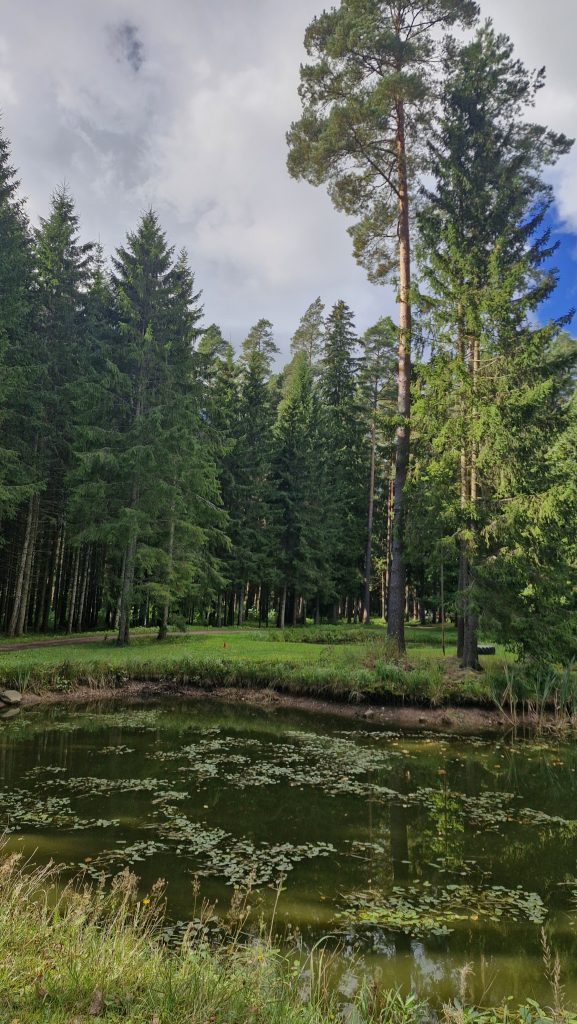

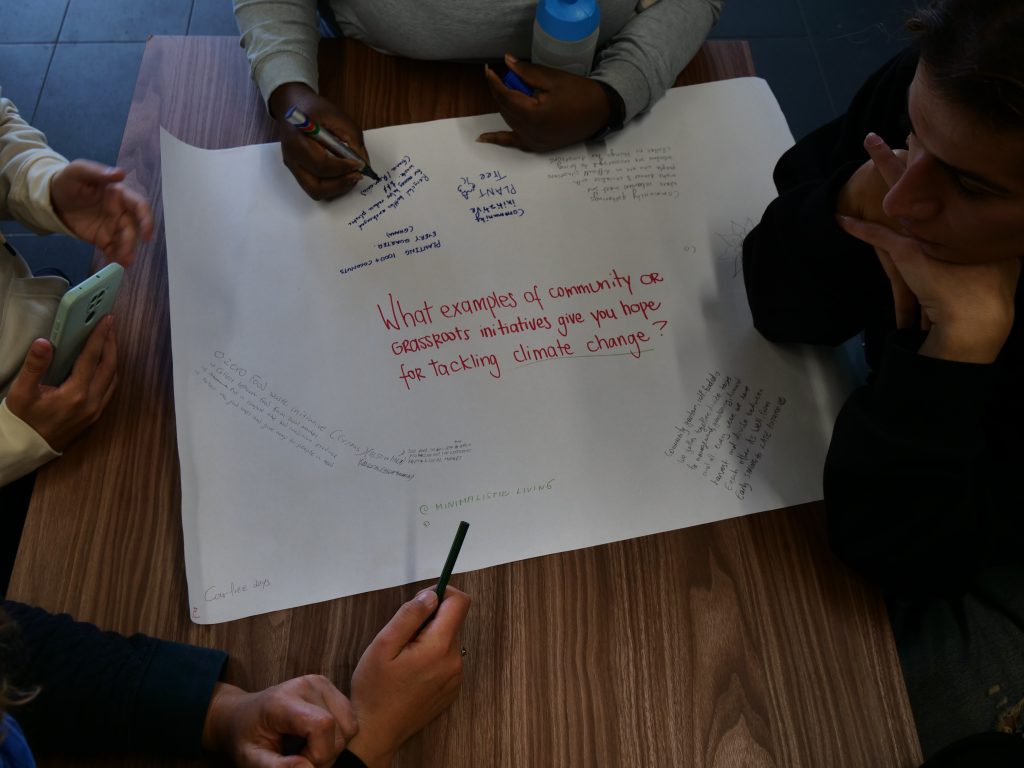
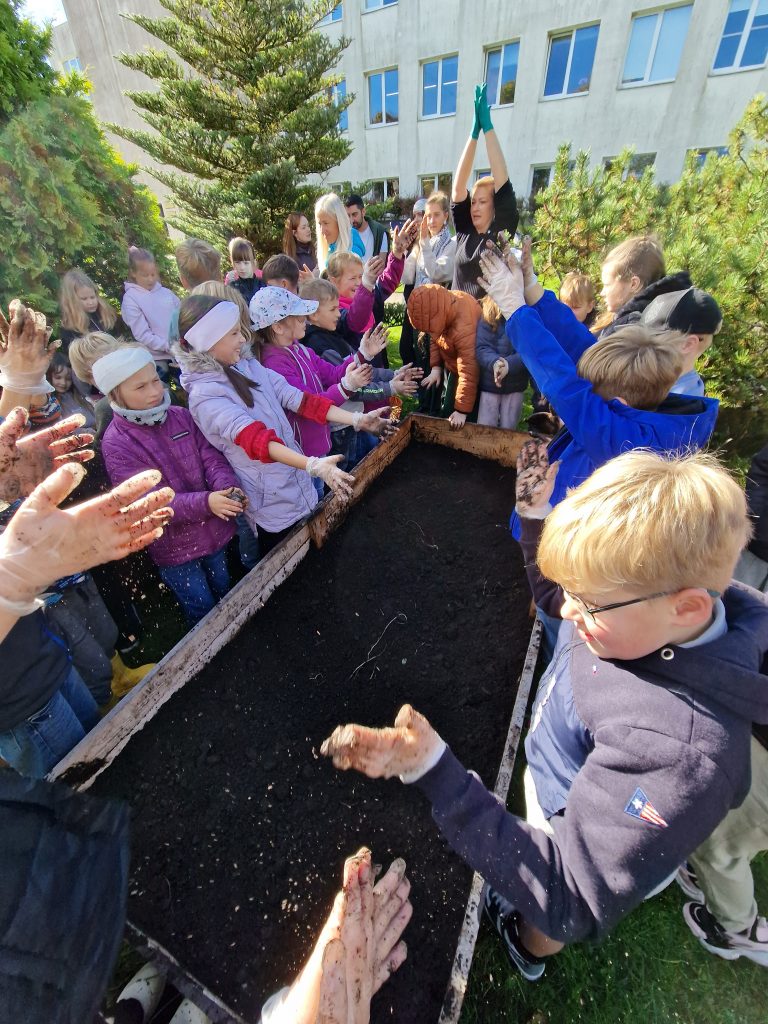
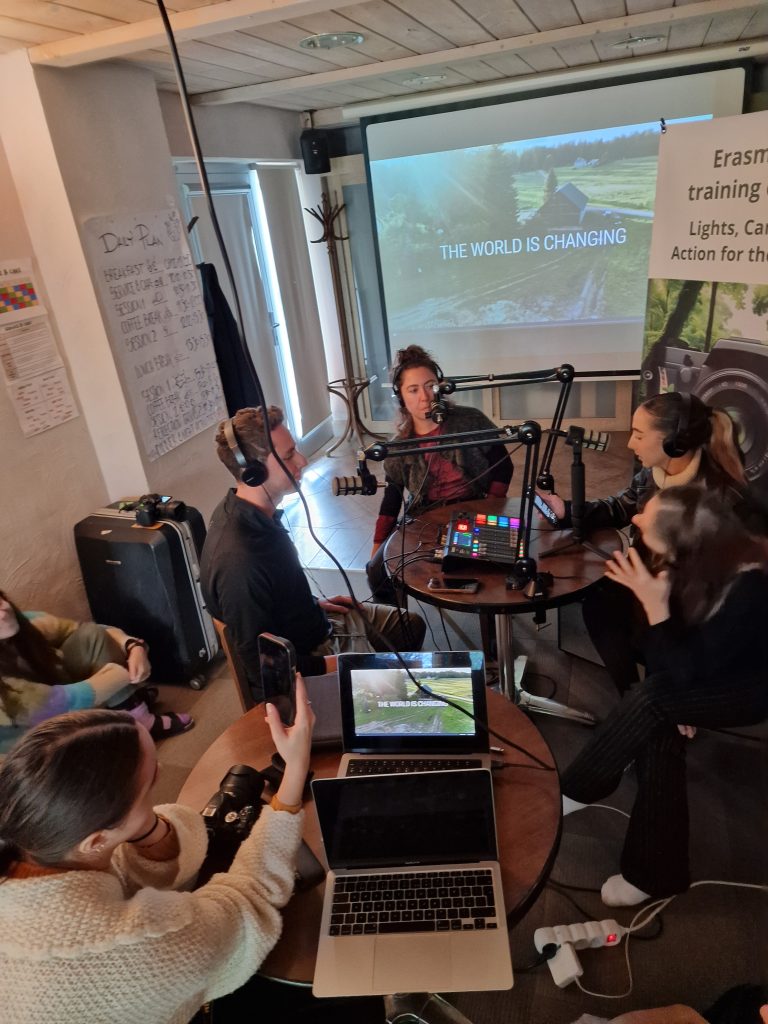
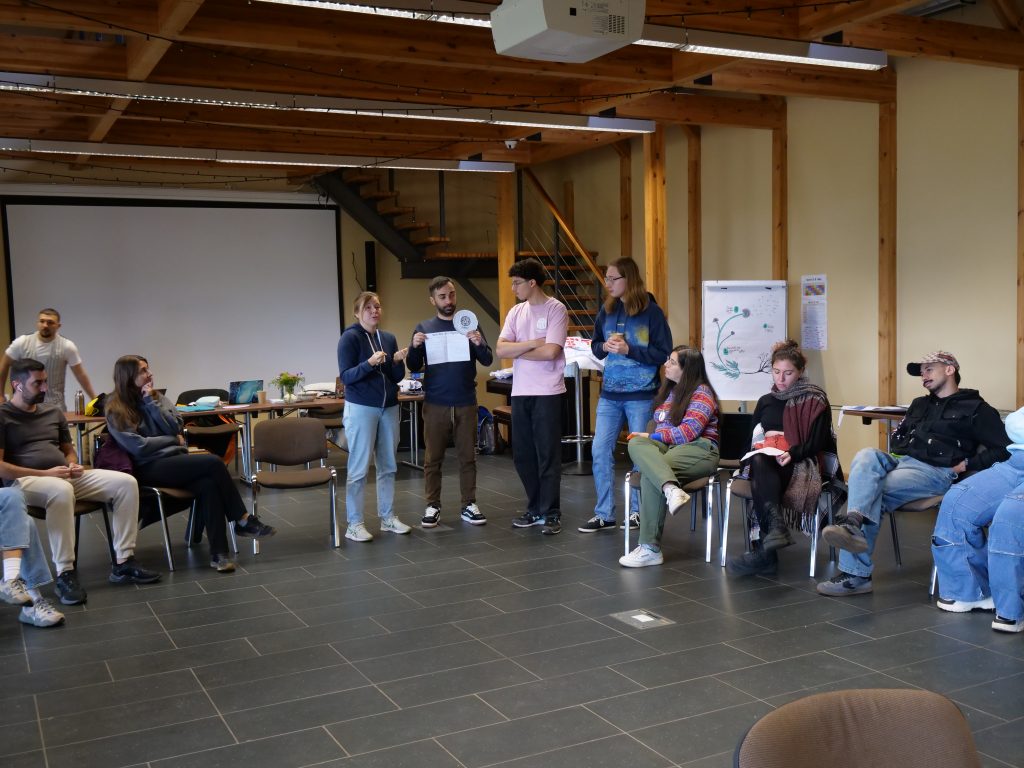
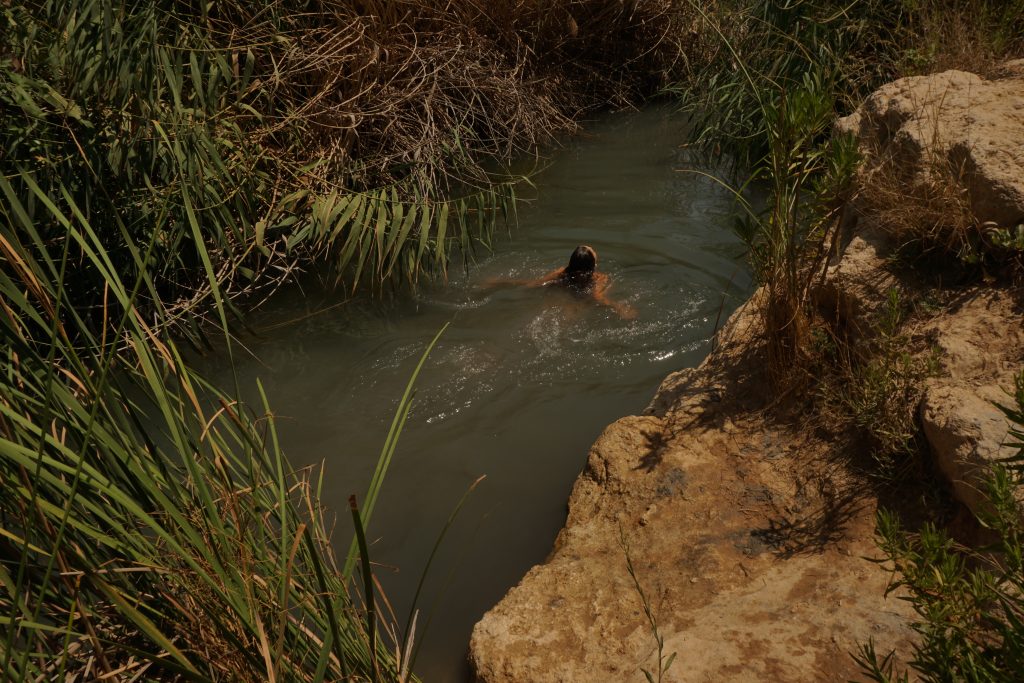
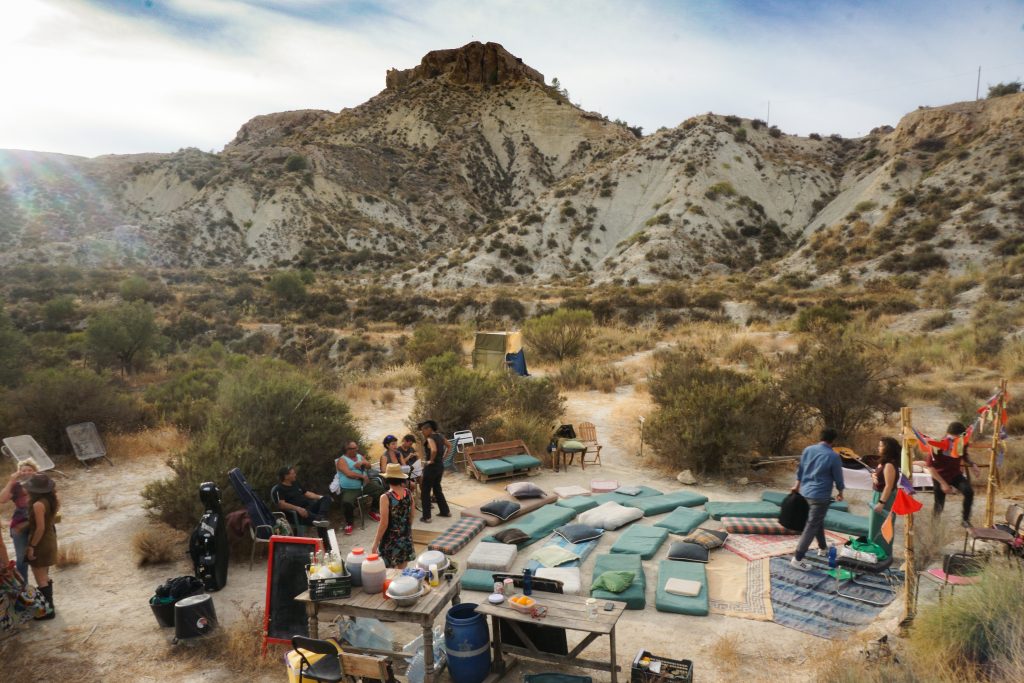
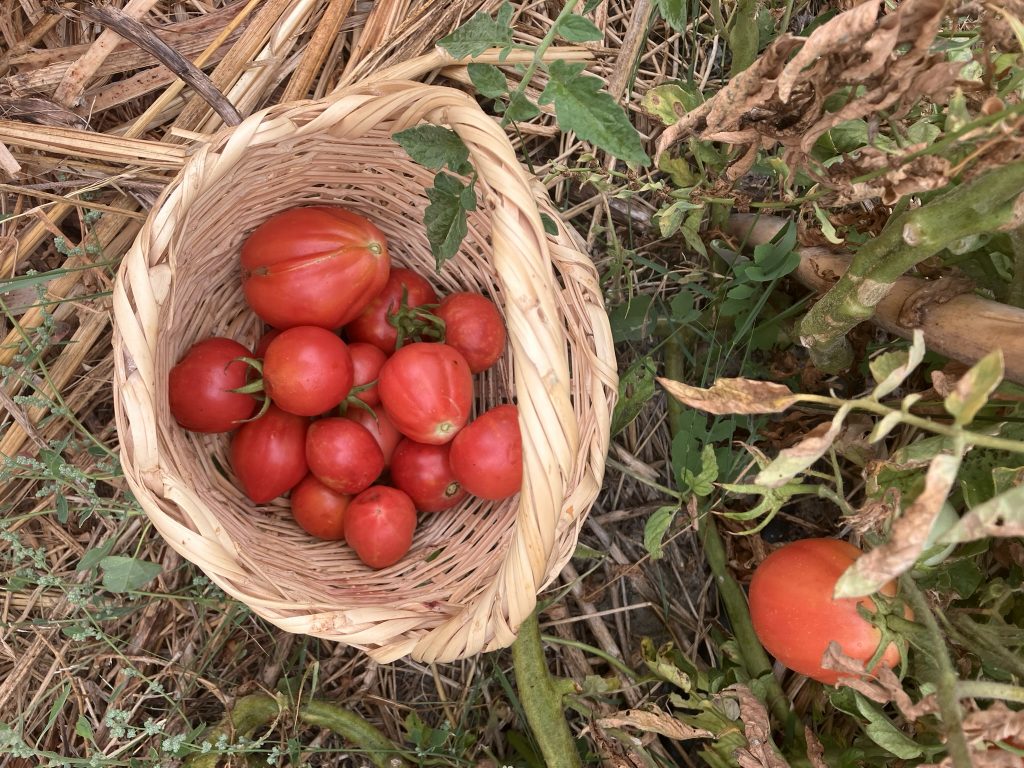
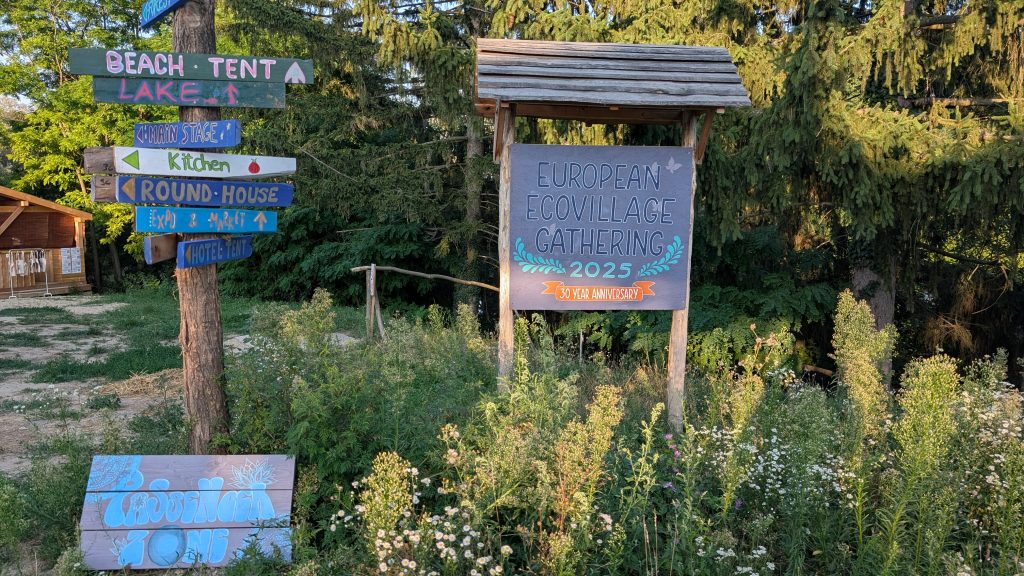
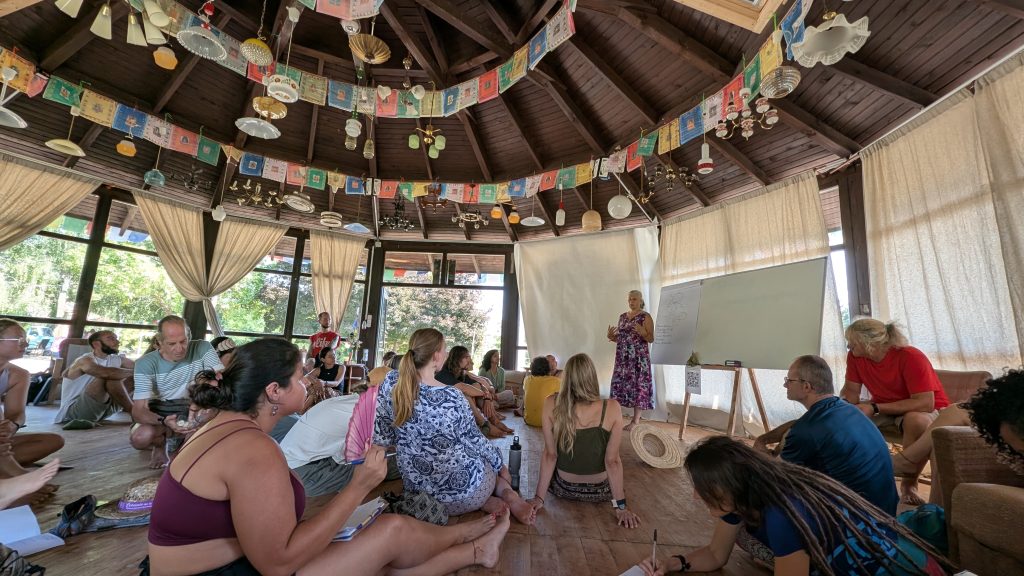
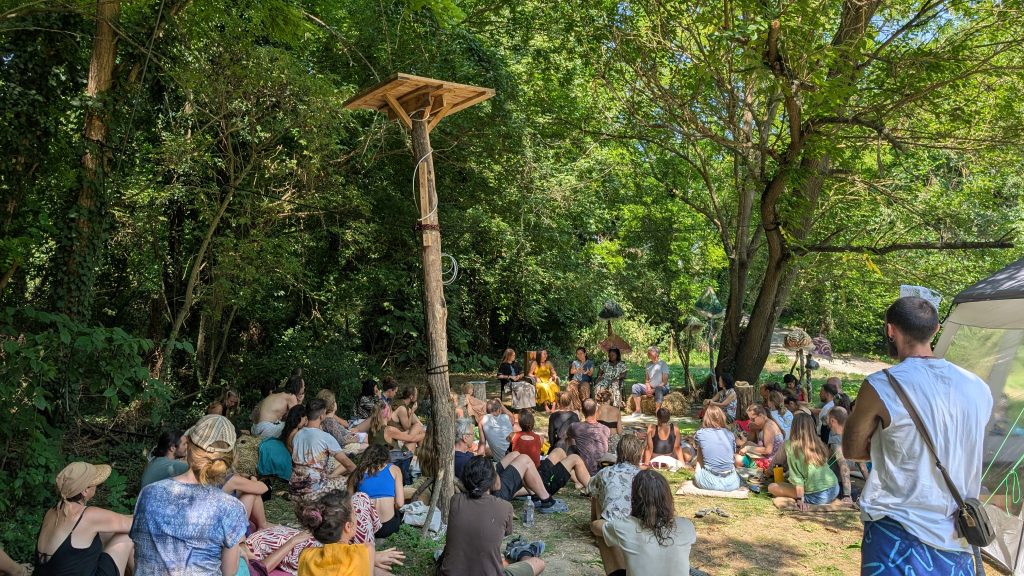
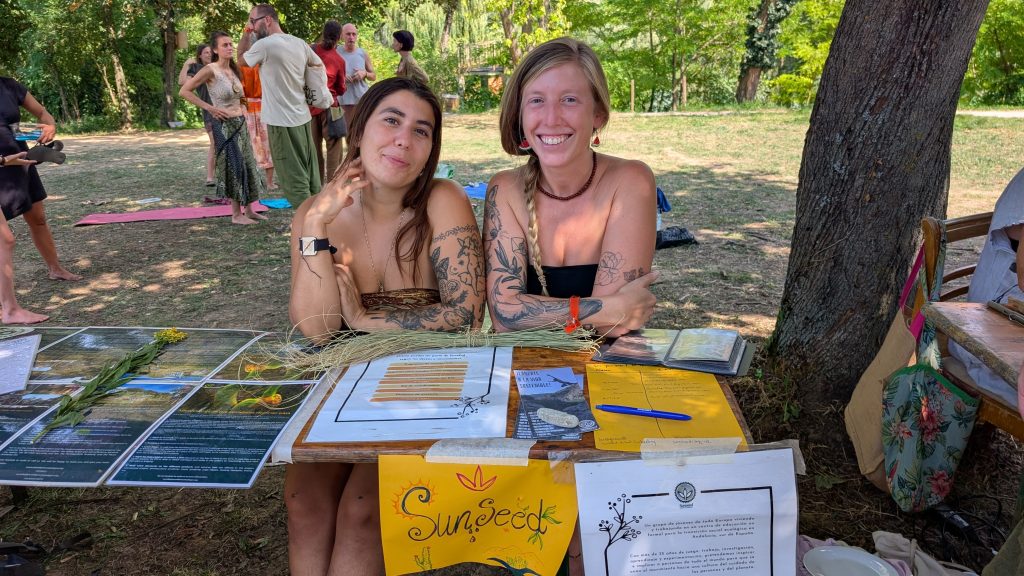
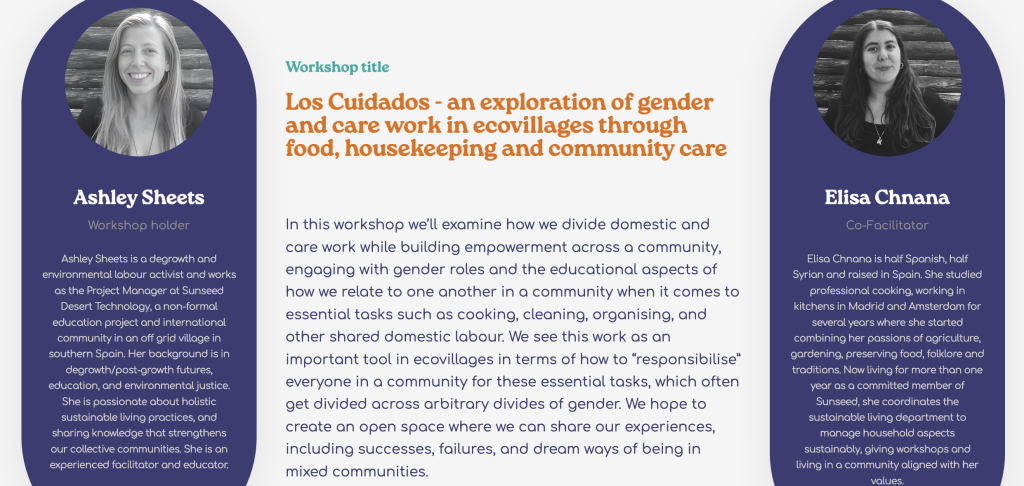
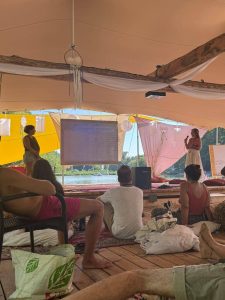
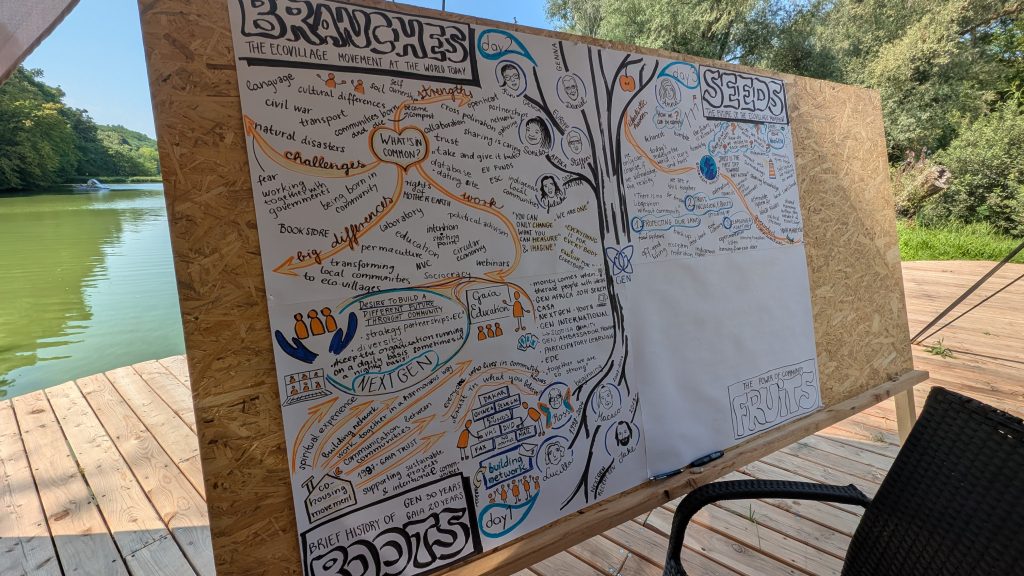
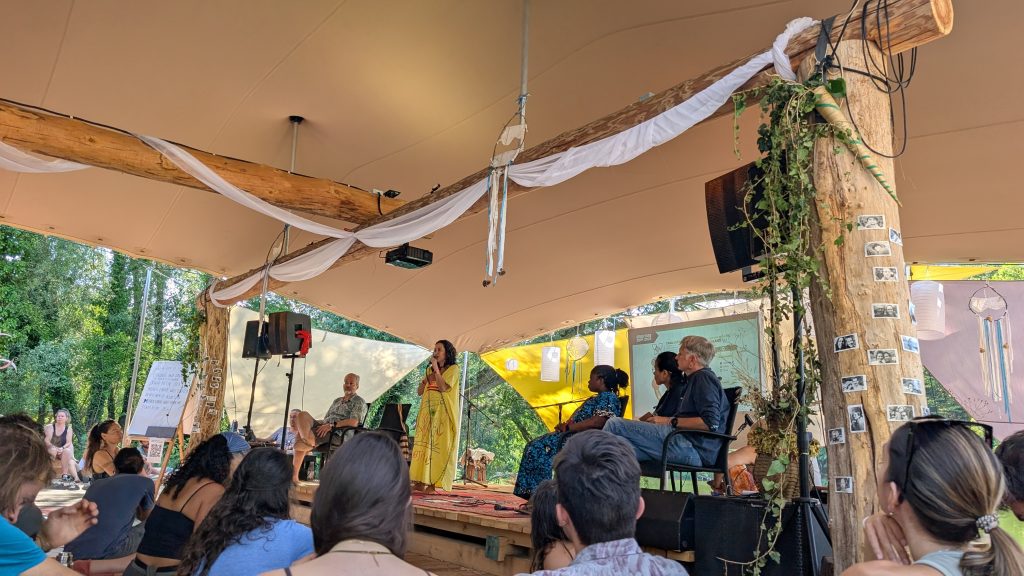
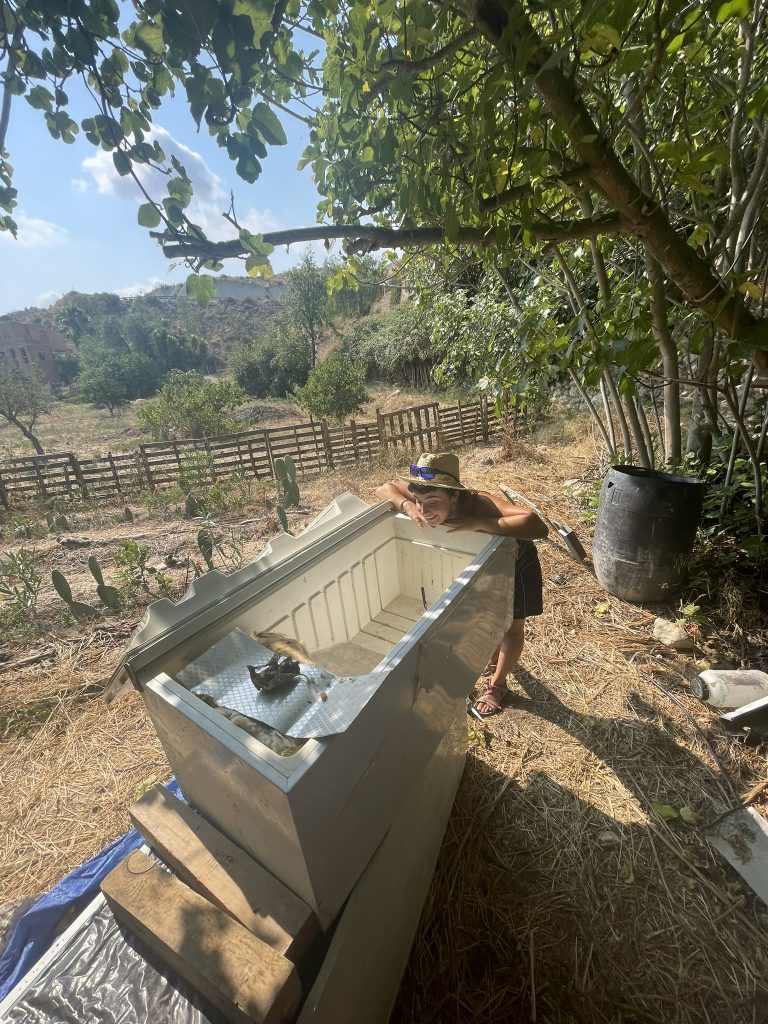
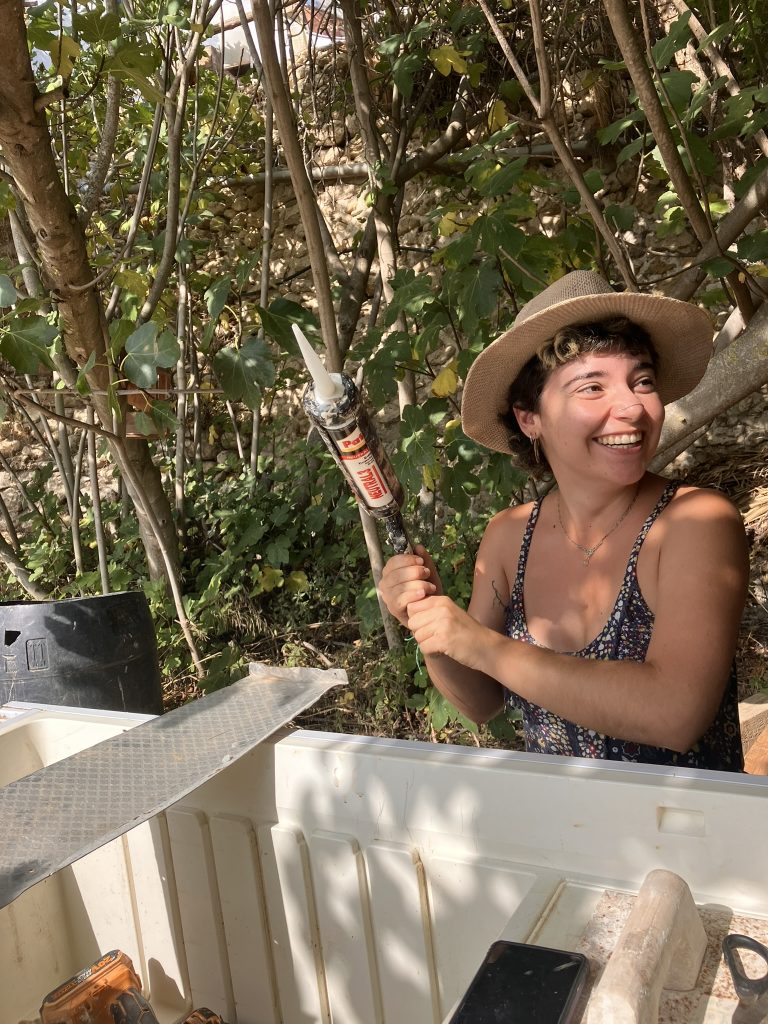
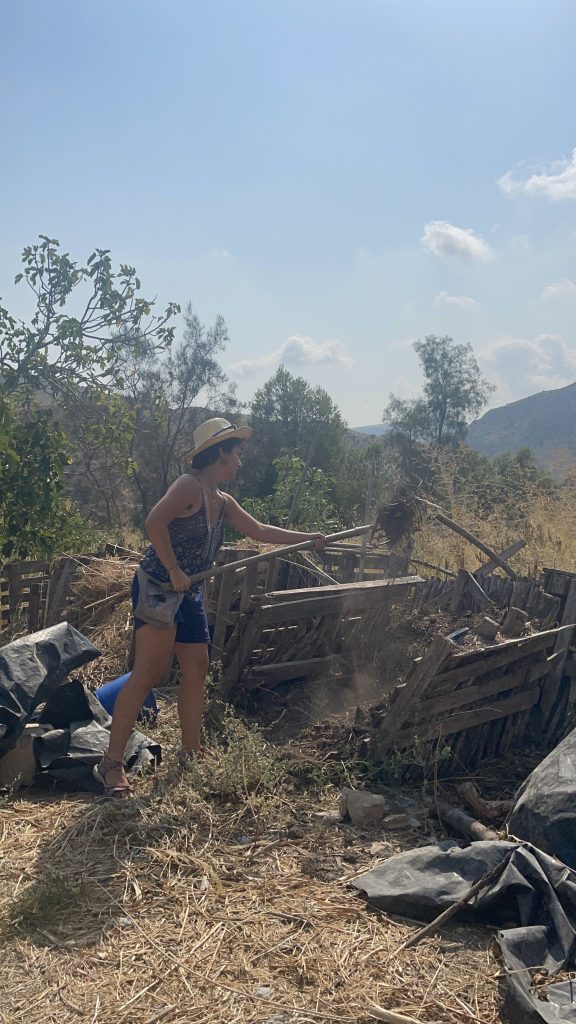
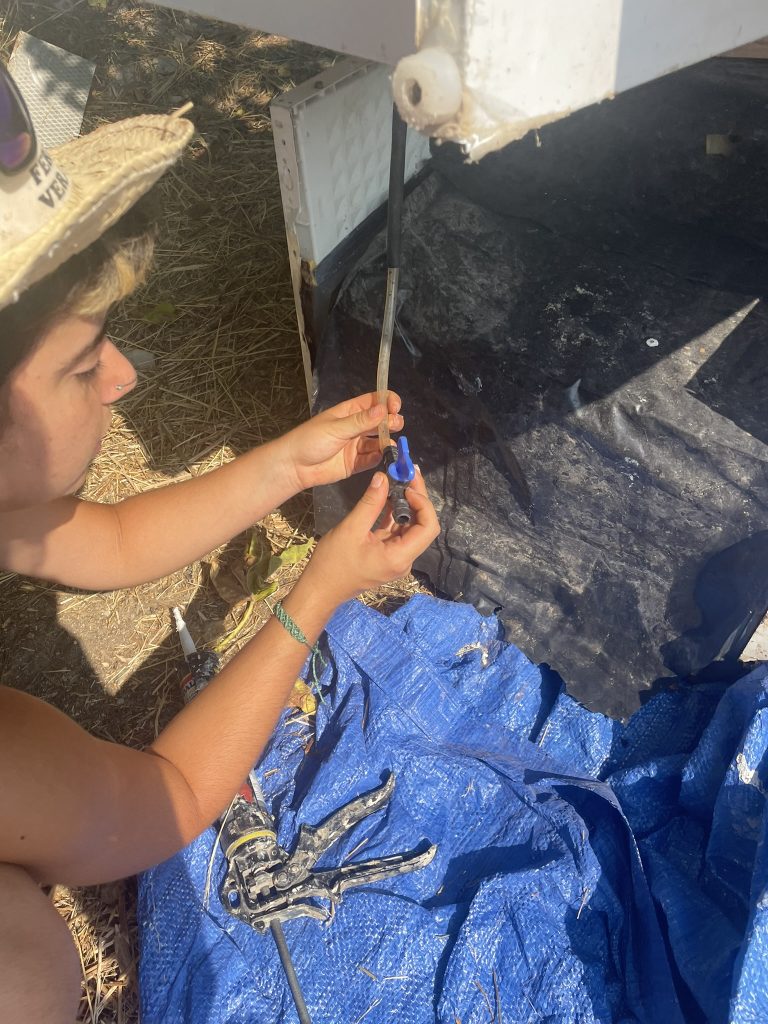
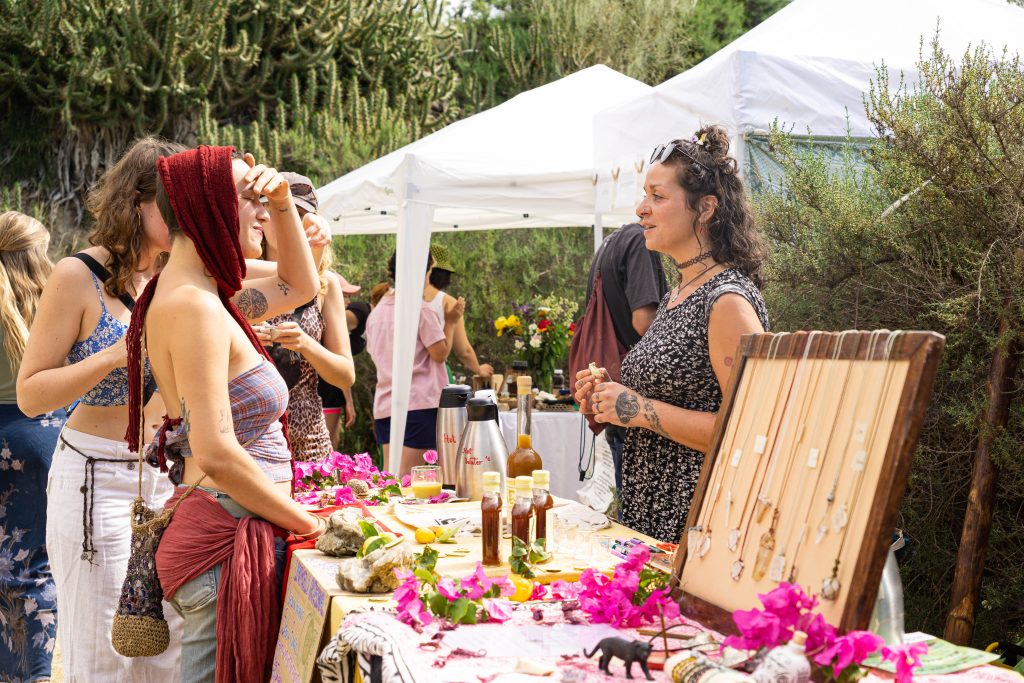
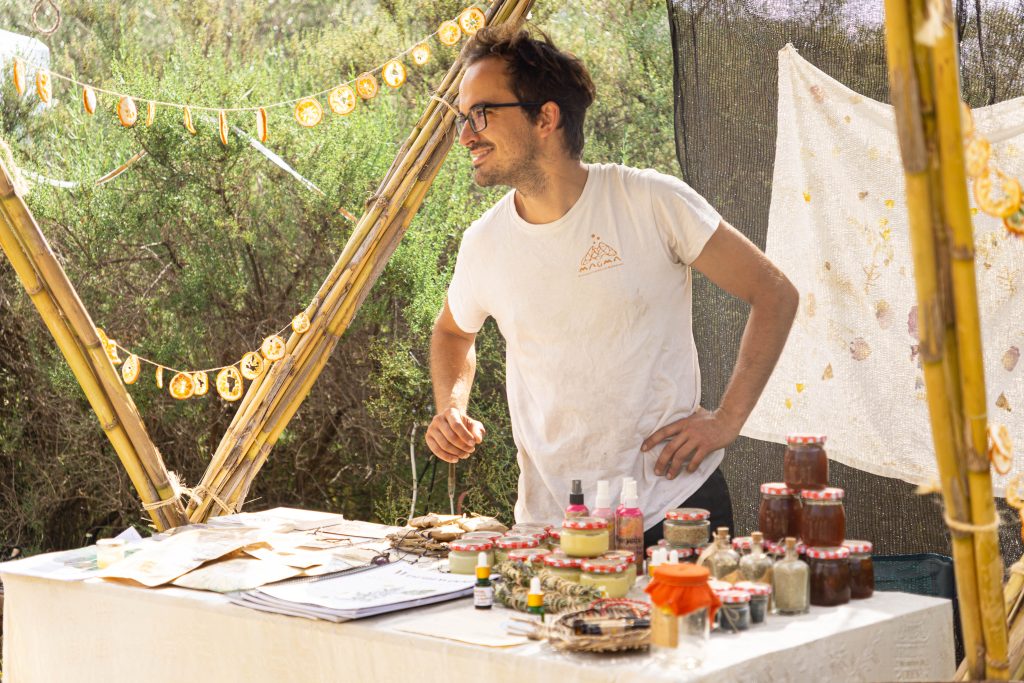
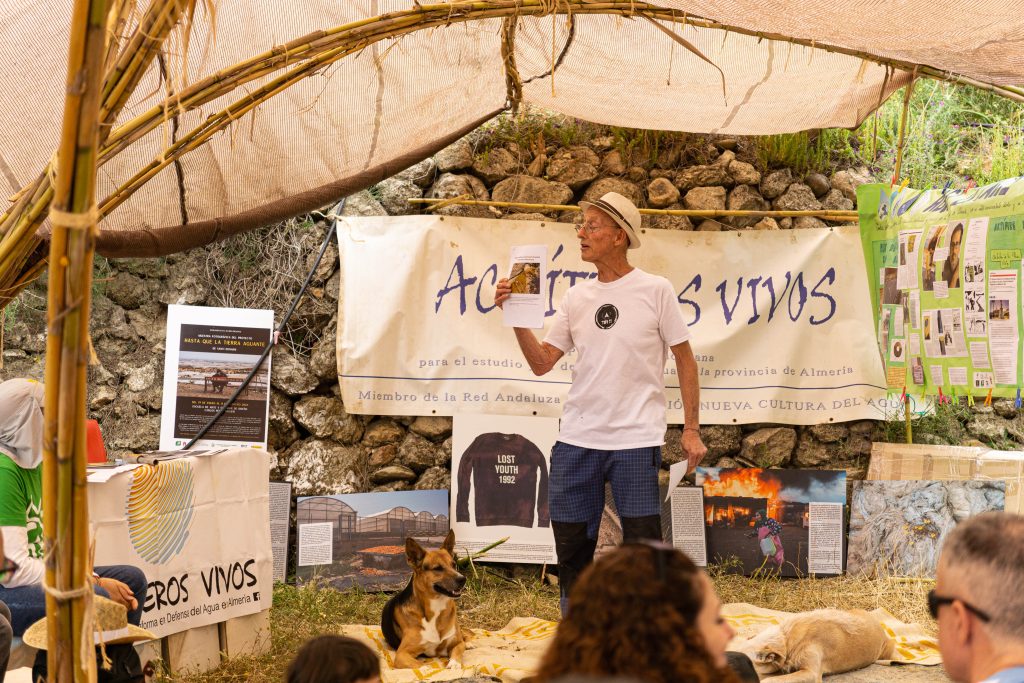
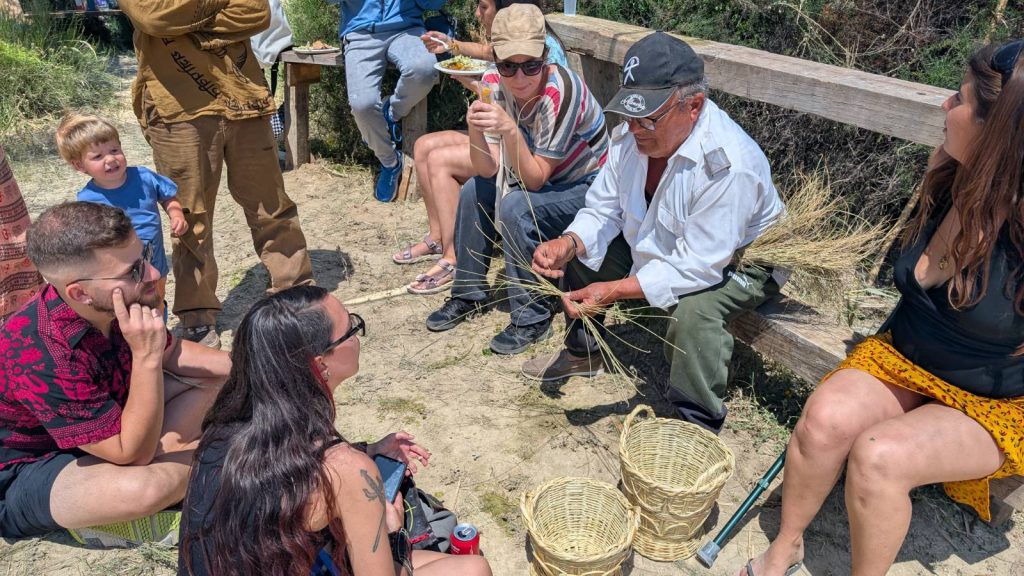
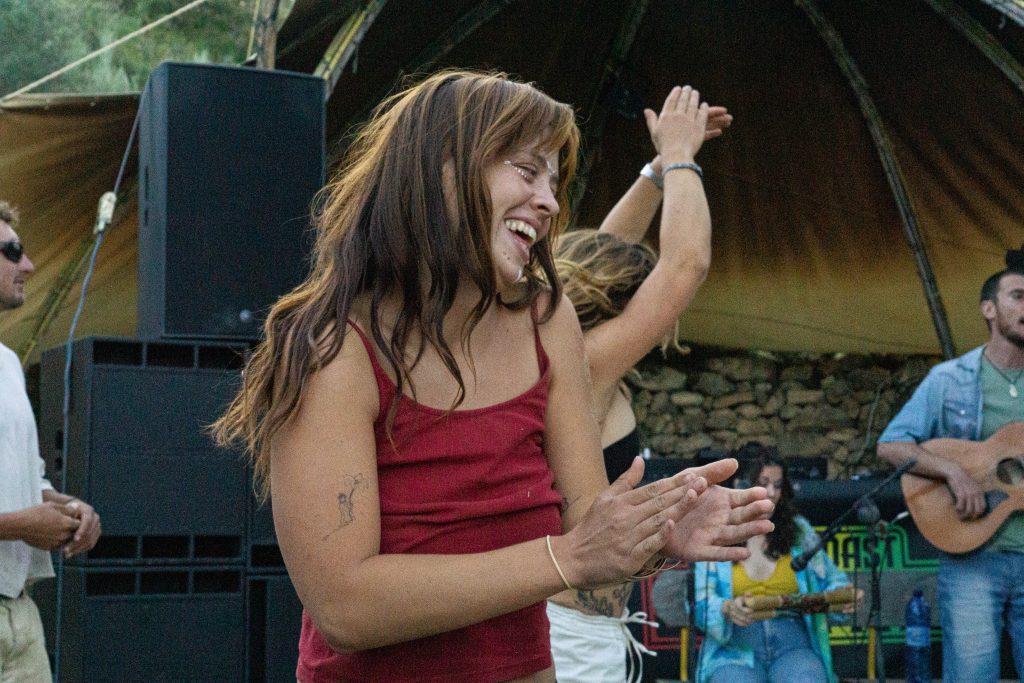
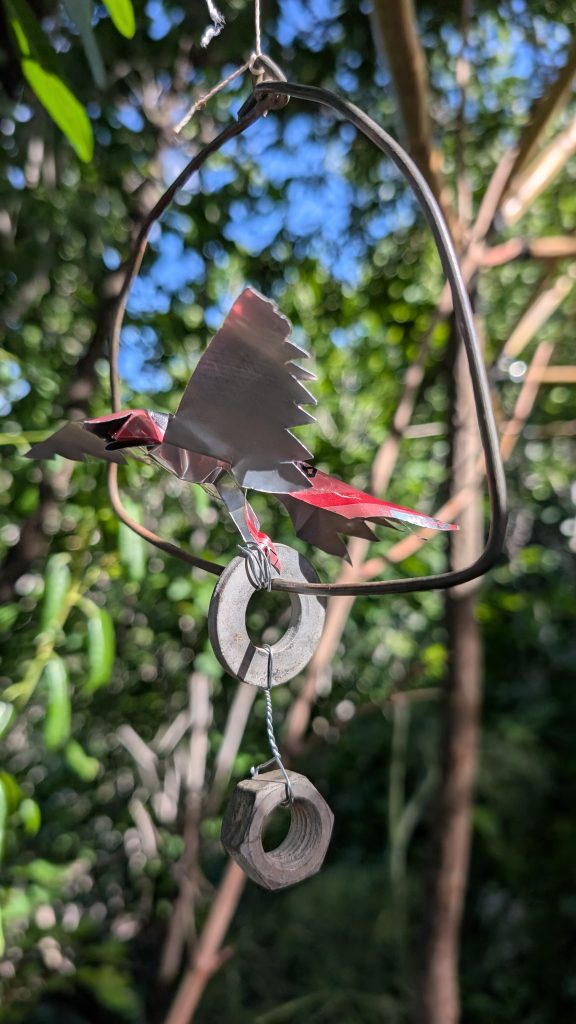
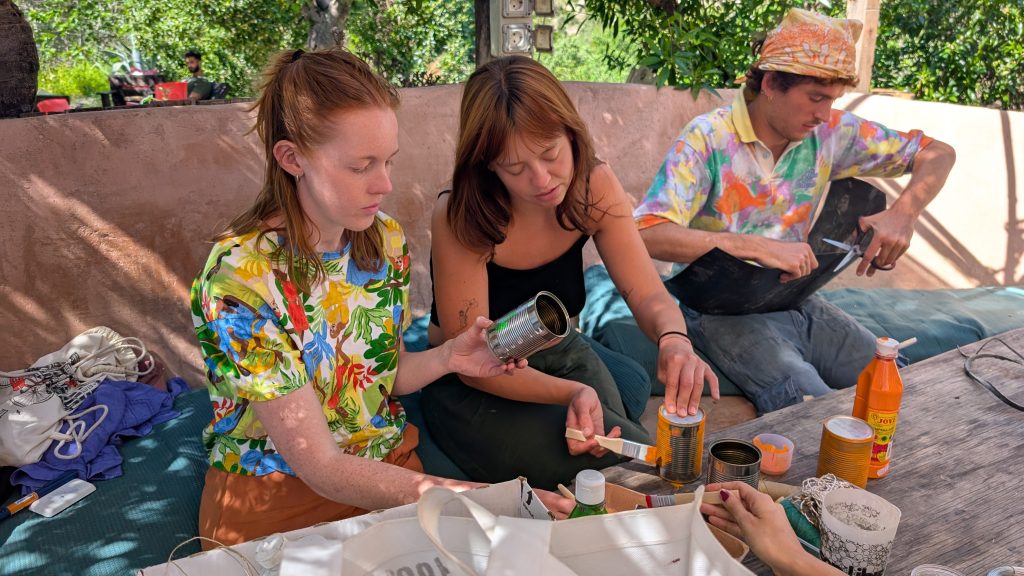
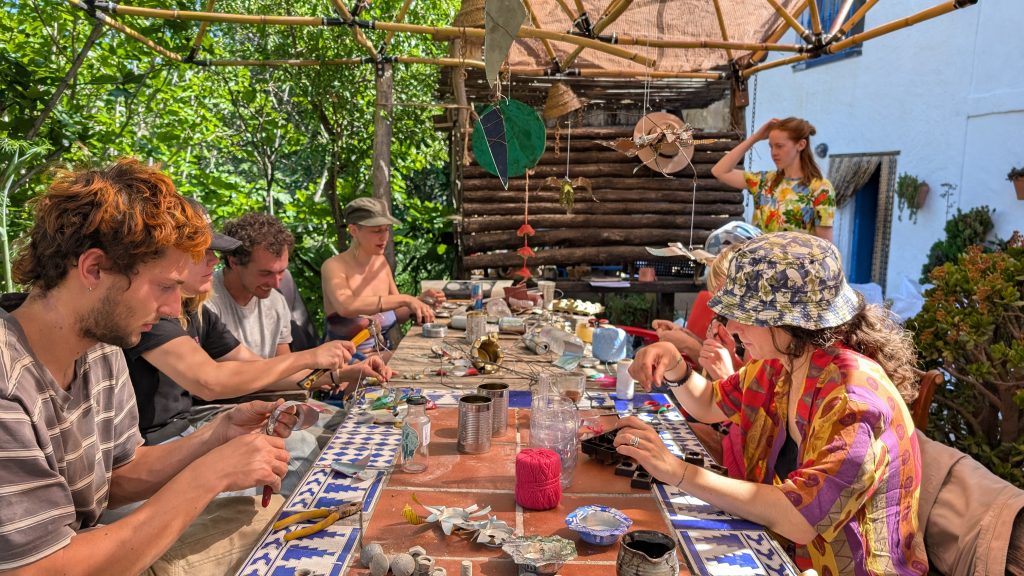
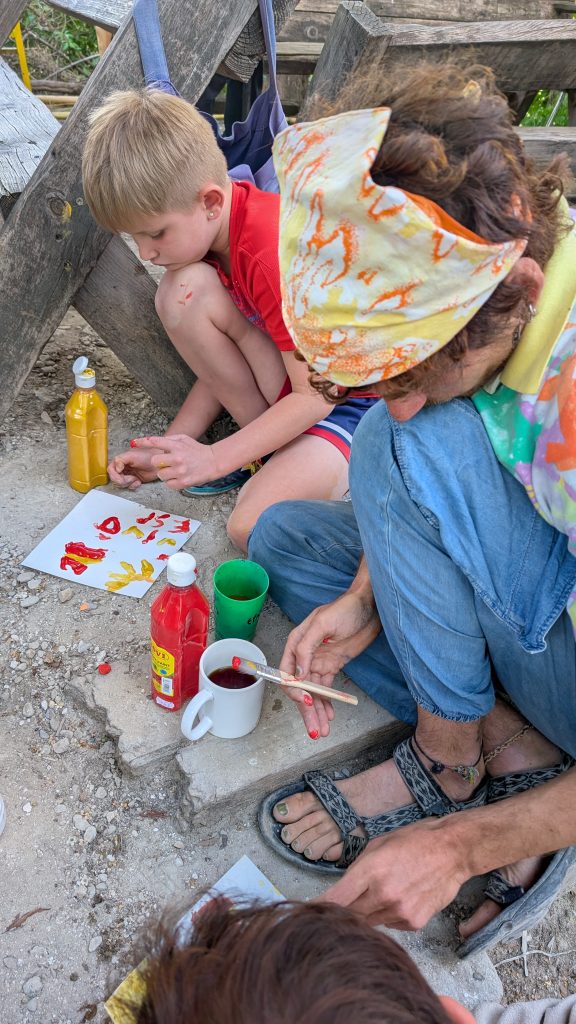
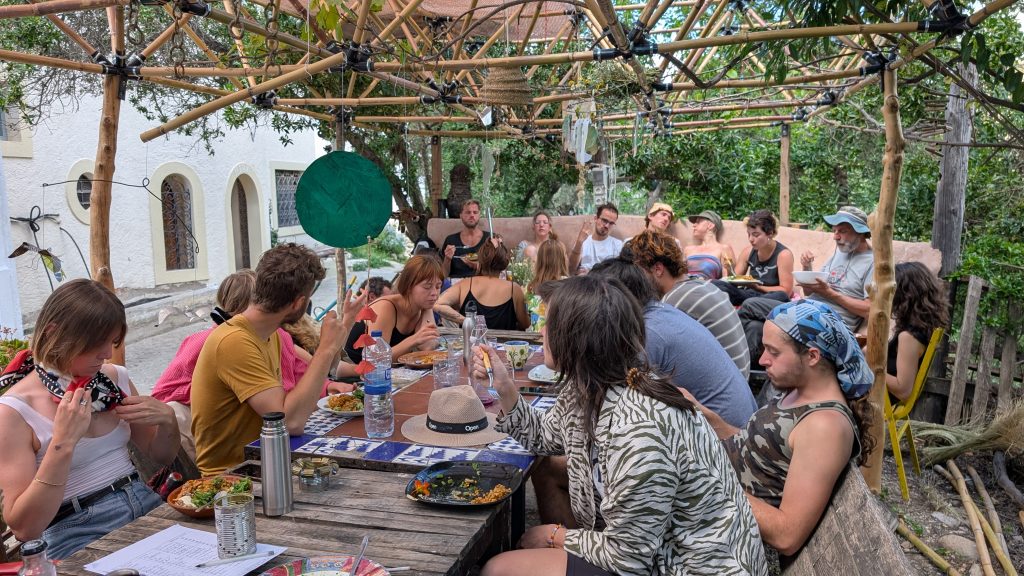
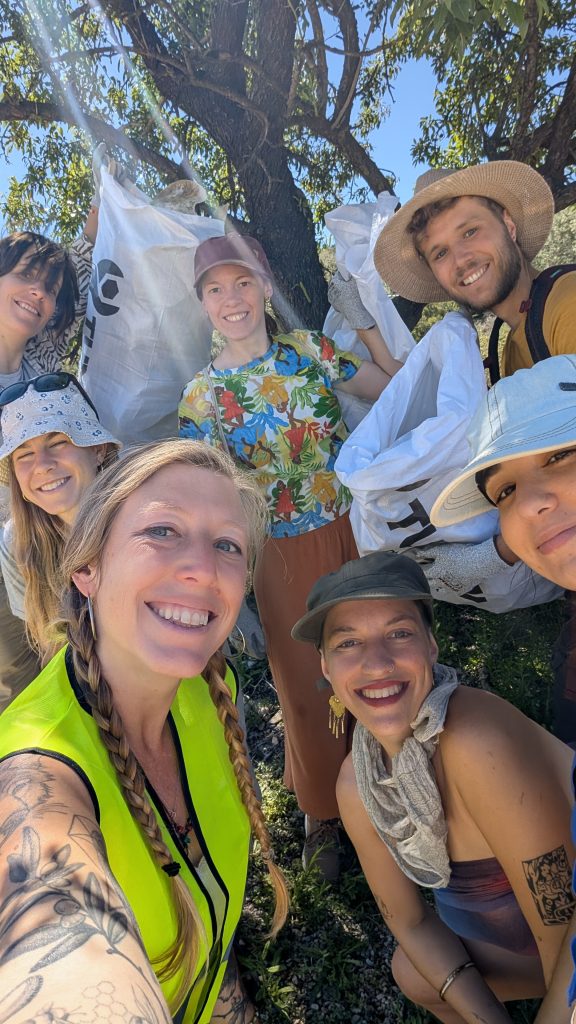
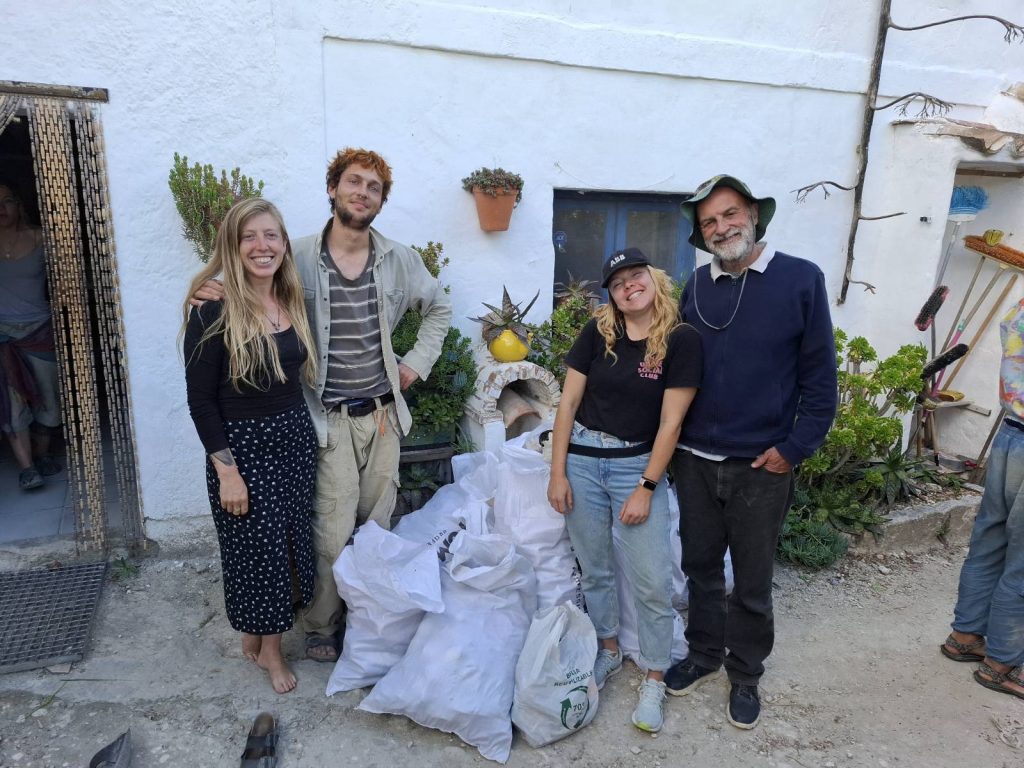
 Each of the 17 writers was invited to call to mind a specific place within the river canyon. They crafted a poem each, which captured how their chosen place had ‘spoken’ to them, attending to what it told them through sound, smell, touch, colour, light, temperature, and so on.
Each of the 17 writers was invited to call to mind a specific place within the river canyon. They crafted a poem each, which captured how their chosen place had ‘spoken’ to them, attending to what it told them through sound, smell, touch, colour, light, temperature, and so on. It was my intention for the workshop to be a collaborative experiment in bringing language into Sunseed’s regenerative technology toolbox. As a social-ecological transition project, Sunseed is set up to animate and restore the landscape, and many tools have been built and applied over the years to help the constantly evolving community group achieve this. Through their composting and waste water systems, solar panels, seed-saving methods, native tree nurseries, and kitchen laboratory, to name a few technologies, cycles are closed, soil erosion is minimised, and gifts from the earth are honoured and shared.
It was my intention for the workshop to be a collaborative experiment in bringing language into Sunseed’s regenerative technology toolbox. As a social-ecological transition project, Sunseed is set up to animate and restore the landscape, and many tools have been built and applied over the years to help the constantly evolving community group achieve this. Through their composting and waste water systems, solar panels, seed-saving methods, native tree nurseries, and kitchen laboratory, to name a few technologies, cycles are closed, soil erosion is minimised, and gifts from the earth are honoured and shared.  Language conveys meaning best when it can land in the body. From my work in the environmental science and policy space, I know first-hand that it’s best to share messages in a way that can be felt by those receiving them, in order to foster mutual understanding and generate positive action for nature. So, this part of the workshop applied an embodied method to share the experiences described by each poet.
Language conveys meaning best when it can land in the body. From my work in the environmental science and policy space, I know first-hand that it’s best to share messages in a way that can be felt by those receiving them, in order to foster mutual understanding and generate positive action for nature. So, this part of the workshop applied an embodied method to share the experiences described by each poet.  Once each poet had something down on paper, we organised ourselves around a table that we imagined to be the river canyon. We became waypoints on a route that joined up all of the special sites that we had written about.
Once each poet had something down on paper, we organised ourselves around a table that we imagined to be the river canyon. We became waypoints on a route that joined up all of the special sites that we had written about.  I invited each poet write and share their poem in their native tongue, to express themselves in a way that felt free and natural, and add a diversity of sounds to the Los Molinos night. We hear birds sing in foreign tongues and nonetheless enjoy what we hear, after all. Italian, German, Spanish, Polish, and English decorated the evening soundscape. Some were kind enough to provide translations, as well.
I invited each poet write and share their poem in their native tongue, to express themselves in a way that felt free and natural, and add a diversity of sounds to the Los Molinos night. We hear birds sing in foreign tongues and nonetheless enjoy what we hear, after all. Italian, German, Spanish, Polish, and English decorated the evening soundscape. Some were kind enough to provide translations, as well. It strikes me that all of the poems speak of quiet moments of connection with the canyon; moments that offered the writers a place to rest their bodies and boost their spirits. To read this collection of poems is to understand how the landscape sustains the attention, care and action of Sunseed’s community.
It strikes me that all of the poems speak of quiet moments of connection with the canyon; moments that offered the writers a place to rest their bodies and boost their spirits. To read this collection of poems is to understand how the landscape sustains the attention, care and action of Sunseed’s community. If you’re ever wanting to walk in Los Molinos, you’ll no doubt feel its potent, peaceful magic for yourself. Nonetheless, I have mapped the way woven by our collective song. Following this route might help you to connect with it through the eyes, ears and fingertips of the creatures who live here as you go.
If you’re ever wanting to walk in Los Molinos, you’ll no doubt feel its potent, peaceful magic for yourself. Nonetheless, I have mapped the way woven by our collective song. Following this route might help you to connect with it through the eyes, ears and fingertips of the creatures who live here as you go.

